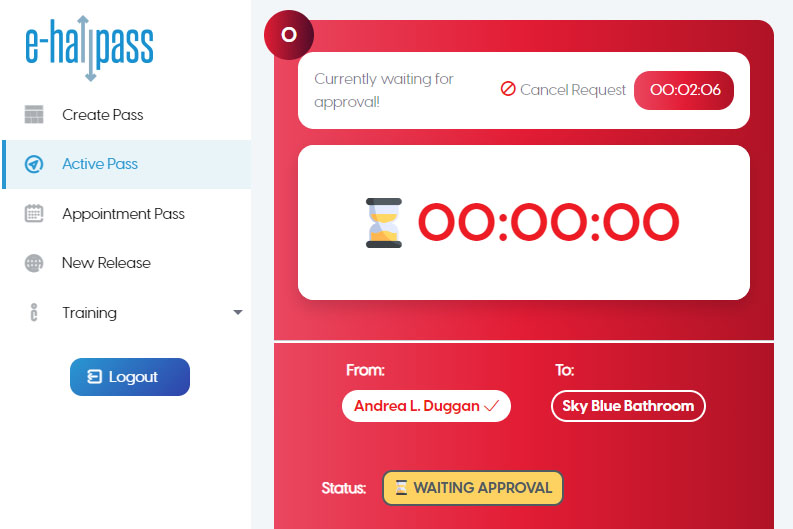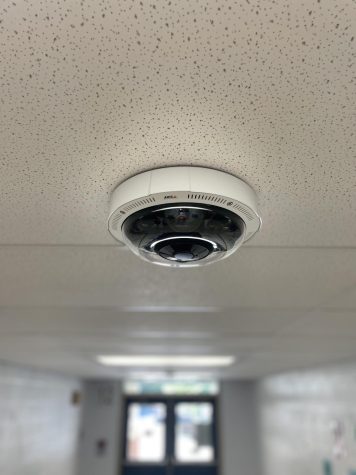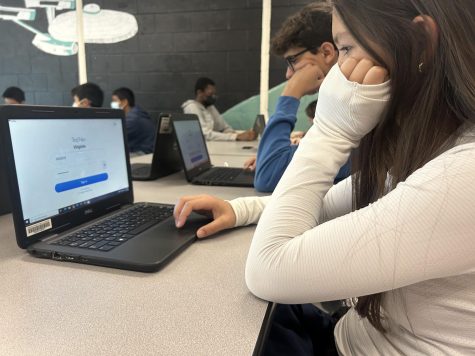OPINION: Students Would Prefer to Pass on E-hallpass
THIS IS A STUDENT EDITORIAL AND DOES NOT NECESSARILY REFLECT THE OPINION OF THE LONGFELLOW ADMINISTRATION
We have had E-hallpass since the end of last school year, and it’s time to showcase the views of students and staff on the system designed to track students.
“E-hallpass is an effective system for managing hall passes, keeping records, and increasing student safety,” said Assistant Principal Aidan Vigil.
While administrators seem to like it, it doesn’t seem like teachers and students are as impressed.
“I think it’s very hard to use because your teacher doesn’t accept the pass,” explained student Zach F.
It can be awkward to tell the teachers that you sent them a pass. The ding sound that e-hallpass creates could be a solution for this, but it only works about half of the time.
Many students aren’t shy about reminding teachers but often don’t choose the best time to ask.
“It is kind of annoying to have somebody go, ‘Oh, can you accept my pass?’ when you’re in the middle of something,” explained history teacher Ms. Haley.
By many accounts, e-hallpass can feel like an extra disruption to their learning.
“You could just go up and ask, and you could just take a pass and go,” suggested Alex H., “But, for e-hallpass, you have to open it and then turn it off, so it’s more inconvenient for you, and your teachers.”
Before introducing e-hallpass, Longfellow used handwritten passes. While no computers were involved, students still had to get the teacher’s attention, and time was lost writing the pass or losing planners.
Despite the glitches, Vigil says the data is much better with e-hallpass.
Recognizing where students are regularly and how often they are there is the most important part of e-hallpass. This feature supports administrators and teachers when students switch to different courses for support during Lancer Time.
“We are able to use e-hallpass data to monitor pass usage on a broad scale and also on an individual student level. It supports our one-on-one conversations with students and their parents,” Vigil said.
Of course, to get the data, first, people have to use it regularly.
“I get busy helping students and am not always by my computer,” said Journalism teacher Andrea Duggan, but her students are pretty good at reminding her.
“For me, one of the biggest issues is just logging into the dang thing,” she added. “I know it sounds like milliseconds, but it’s the extra click to log in using Gmail and then to have that populate; it just feels very slow,”
Once the teacher is logged in, the student must have their computer logged on and ready to go. Between missing or uncharged computers and the system glitching, much of the data could be missing.
The final question is what happens with the data. Commonsense.org, a website that reviews the privacy policies of different apps, says that e-hallpass does not meet its expected privacy functions.
By using e-hallpass, you are handing over personal information. According to the commonsens.org review, e-hallpass doesn’t only collect where you have been over the course of the school year; they also collect personal information like the user’s email address, graduation years, and first and last names.
Though students and teachers have some legitimate concerns about the system, Mr. Vigil chose to focus on the positives.
“E-hallpass has been very helpful here at Longfellow,” he said. “We’re happy to have an extra data point that helps provide meaningful conversations to support student success.”







